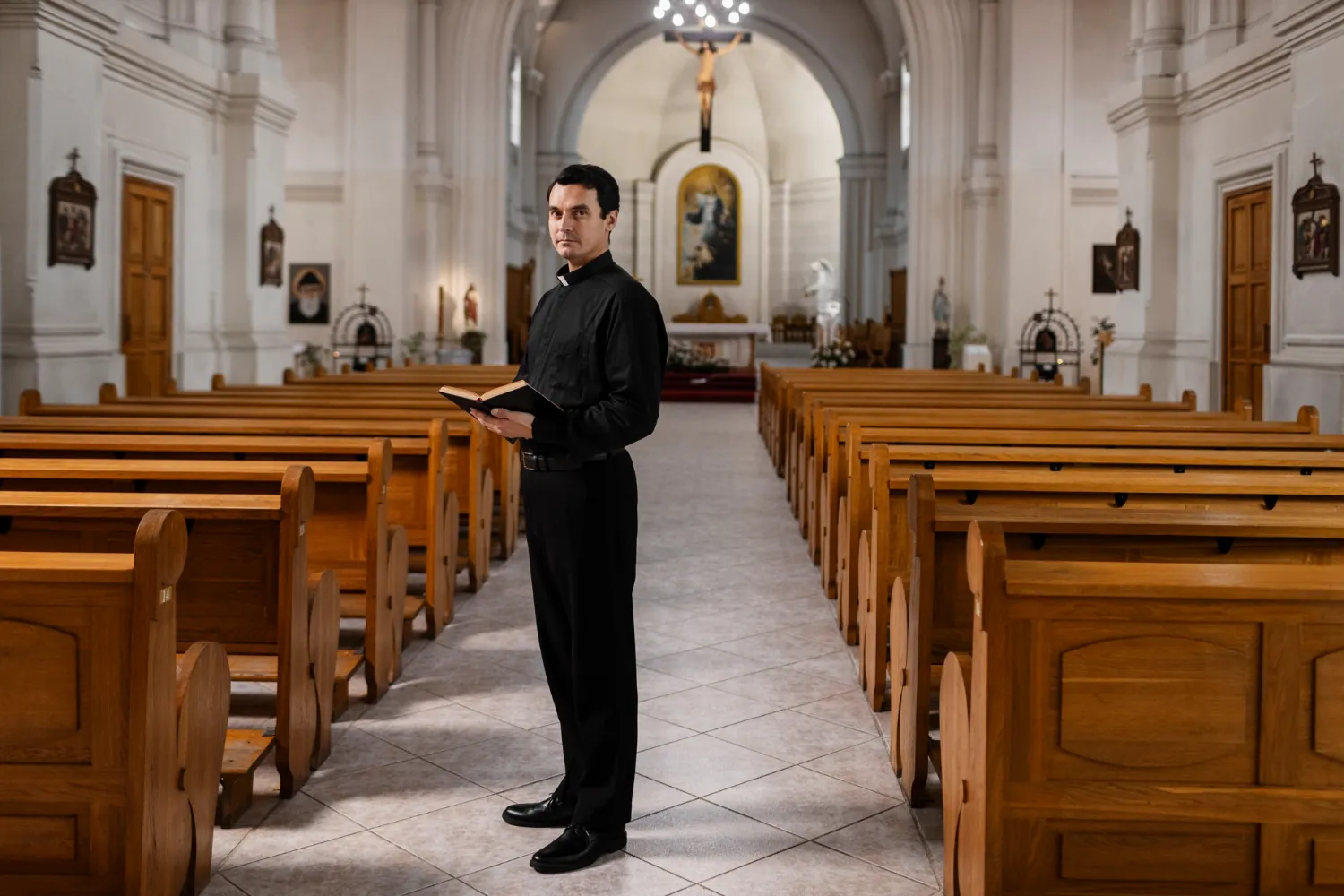7 Best Time Tracking Practices in US Churches
Time tracking means keeping track of how much time you spend on different tasks and projects. This can help US churches do many things better, such as planning events, working smarter, and following their goals. In this article, we will share seven best practices on how to use time tracking in your church. These tips will help you run your church more smoothly and make smart choices about your time. Let’s get right into it!
Tip 1: Align with the Church’s Mission to Prioritize Time
American congregations are at 85% of their pre-pandemic attendance level. – Lifeway Research.
Churches are still recovering from the pandemic and so the need to work hard on outreach and prioritize time is stronger than ever. A best practice for time tracking is to align your time with the church’s mission. Each project and task is easier to evaluate and prioritize when put into the context of “Does this meet the goals and values of the church?” When you do this, you ensure your time is spent on what is most valuable.

Photo by Freepik
Tip 2: Plan a Well-Structured Schedule Daily
Turn my eyes away from worthless things; preserve my life according to your word. – Psalm 119:37
A lot of us only fill our calendar with meetings and then try to fit all our tasks in spontaneously around that. Before you leave for the day, mindfully create a schedule for tomorrow that helps you stay productive and fulfill your commitments. This means identifying the different projects that need doing, setting priorities for the tasks of each project, building in time for communication and breaks. And of course, time for planning at the end of each day. Use software tools like calendars and set realistic times for each task.
Tip 3: Guard Your Time from Distractions
“Therefore, since we are surrounded by such a great cloud of witnesses, let us throw off everything that hinders and the sin that so easily entangles. And let us run with perseverance the race marked out for us.” – Paul the Apostle in Hebrews 12:1
Identify common distractions and develop strategies to avoid them. This may include setting limits on technology usage, finding a quiet workspace or using headphones. Social media especially is full of temptations and can be a real time pit. While important for congregation engagement and doing outreach, it is critical to avoid distractions and stay focused on your work. Establish clear goals related to your church mission and create project labels in your time tracking tools related to social media to keep yourself reminded to stay on task. Set time blocks that create boundaries such as setting an alarm or check social media in a time block before a natural break in your routine such as lunch. Then you can have a peaceful environment where you can concentrate when doing other tasks.
Tip 4: Embrace Rest, Renewal, and Prevent Burnout
“And see that all these things are done in wisdom and order; for it is not requisite that a man should run faster than he has strength.” – King Benjamin in Mosiah 4:27 Book of Mormon
In the Book of Mormon, King Benjamin urges us to follow our goals. He advises us to regulate our pace and strength so that we can achieve them. He’s suggesting that we strategize well so that we can excel. Take breaks and prioritize rest to avoid burnout. Recharging is essential for your overall well-being. Rest and renewal help maintain productivity, help us with our mood and interactions and overall prevent burnout in the long run.
Tip 5: Delegate, Empower, and Develop Leadership
Share responsibilities and give others the opportunity to contribute. This fosters leadership development within the church community. Effective time management involves delegating tasks and empowering others. Identify areas where responsibilities can be shared with capable individuals. This not only lightens your load but also encourages leadership growth within the church community. Cultivate volunteers as engagement across members creates a vibrant church.
Tip 6: Foster Effective Collaboration and Communication
While over the past two years many leaders have anticipated church going ‘back to normal,’ maybe it’s time to consider what the new opportunities are in store for the future Church.” – “A New Chapter in Millennial Church Attendance” by Barna Research Group.
Before the pandemic, congregations met on location. Now only about half of worshippers attend in-person. Staff and volunteers may also be spending more time working virtually and so online collaboration and communication are key. For leadership, this means that regular team meetings, which are vital for time management, need to support remote attendees. This can encourage open and transparent communication within the church community. Schedule regular team meetings to ensure everyone is on the same page and working towards shared objectives. Utilize online tools to streamline collaboration and information sharing.

Photo by Alexander Suhorucov on Pexels
Tip 7: Use Technology Wisely and Review Time Usage
Use technology to track your time and evaluate how it’s used. Most time clock software allows you to label your time by project. This helps identify areas for improvement and increases efficiency. Many time tracking apps can integrate payroll and other software. Regularly review your time usage to identify areas for improvement and make necessary adjustments to boost productivity.
Improve Your Church Operations with Time Tracking
By implementing these seven time tracking practices, US churches can enhance their operations and achieve goals more effectively. Prioritizing tasks, maintaining a well-structured schedule, avoiding distractions, embracing rest, delegating responsibilities, fostering collaboration and communication, and utilizing technology wisely are essential steps toward efficient time management. Incorporate these practices to make the most of your time and fulfill the mission of your church.


